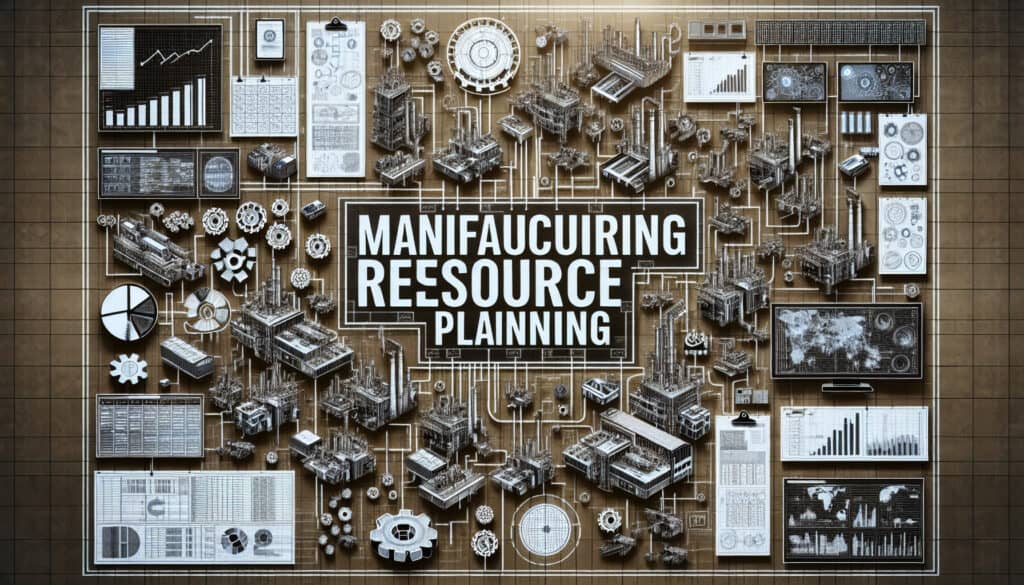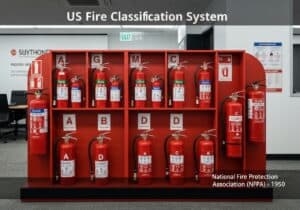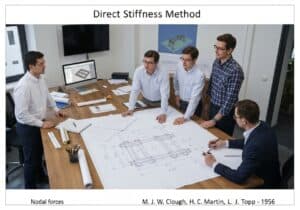规划和管理制造公司的所有资源。
- 方法: 客户与营销, 人体工程学, 产品设计
制造资源计划(MRP II)

制造资源计划(MRP II)
- 持续改进, 企业资源规划(ERP), 精益制造, 制造业, 流程改进, 生产效率, 质量管理, 资源节约型产品, 供应链
目标
如何使用
- 一个综合系统,可管理制造业务的所有方面,从生产和库存到财务和 人力资源.它是材料需求计划(MRP)的延伸,包括财务和其他业务功能。
优点
- 提供单一、综合的业务视图;可提高决策和效率。
缺点
- 实施起来可能比较复杂,成本较高;要求数据高度准确。
类别
- 经济学, 制造业, 项目管理
最适合:
- 综合规划和管理制造企业的所有资源。
制造资源计划(MRP II)是一种强大的方法,在汽车、航空航天、电子和消费品等行业尤为有效,因为这些行业对各种功能的整合要求极高。实施 MRP II 的企业通常会在新产品开发周期的计划阶段启动该流程,使团队能够准确预测需求、管理库存水平,并使生产计划与劳动力和材料同步。参与者通常包括生产计划人员、财务分析师、库存经理和人力资源人员,他们都会贡献自己独特的专业知识,以确保系统反映生产环境的实际情况,同时与战略性业务目标保持一致。例如,一家公司可以利用 MRP II 实时协调供应链和生产流程,从而更好地响应客户订单并缩短交货时间。利用这种集成系统可以提高跨部门的可见性,促进部门间的协作,从而提高运营效率和效益。采用 MRP II 的公司还能从标准化流程中获益,从而节约成本并提高资源利用率。MRP II 的应用通常辅以预测、调度和财务管理模块,确保企业不仅能生产货物,还能优化运营战略和财务业绩。在瞬息万变的市场中,MRP II 的适应性可以证明其优势,使企业能够根据市场需求和运营能力进行调整,而不会出现重大中断。
该方法的关键步骤
- 确定所有部门的业务目标。
- 整合关键业务流程,如生产计划、库存管理和财务。
- 实施统一的数据库,确保各职能数据的一致性和准确性。
- 根据 MRP 输出和产能规划制定详细的生产计划。
- 使劳动力规划与生产要求和库存水平保持一致。
- 定期监测和调整参数,以反映需求或资源可用性的变化。
- 利用绩效指标评估资源利用率和运营效率。
- 纳入所有部门的反馈回路,以加强协作决策。
- 持续评估系统的集成性和有效性,不断改进。
专业提示
- 采用先进的分析方法,提高需求预测的准确性,减少库存过剩和缺货现象。
- 在 MRP II 系统中整合实时性能指标,以进行主动调整和资源分配。
- 根据不断变化的市场条件和内部能力,定期审查和完善主生产计划。
历史背景
1950
1950
1956
1960
1960
1960
1960
1950
1950
1950
1958
1960
1960
1960
1960
(如果日期不详或不相关,例如 "流体力学",则对其显著出现的时间作了四舍五入的估计)。















相关文章
肌肉骨骼不适调查表
多变量测试(MVT)
多元回归分析
动作捕捉系统
MoSCoW 方法
情绪中值测试